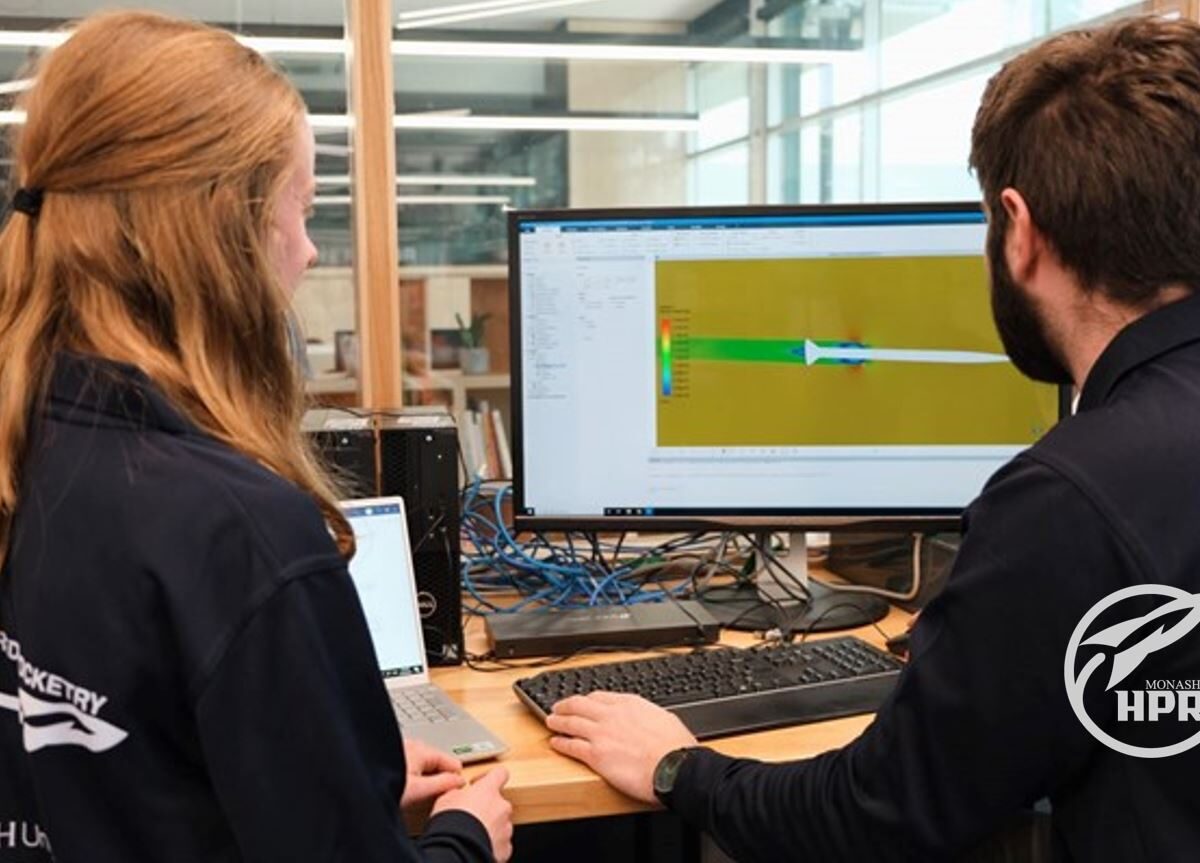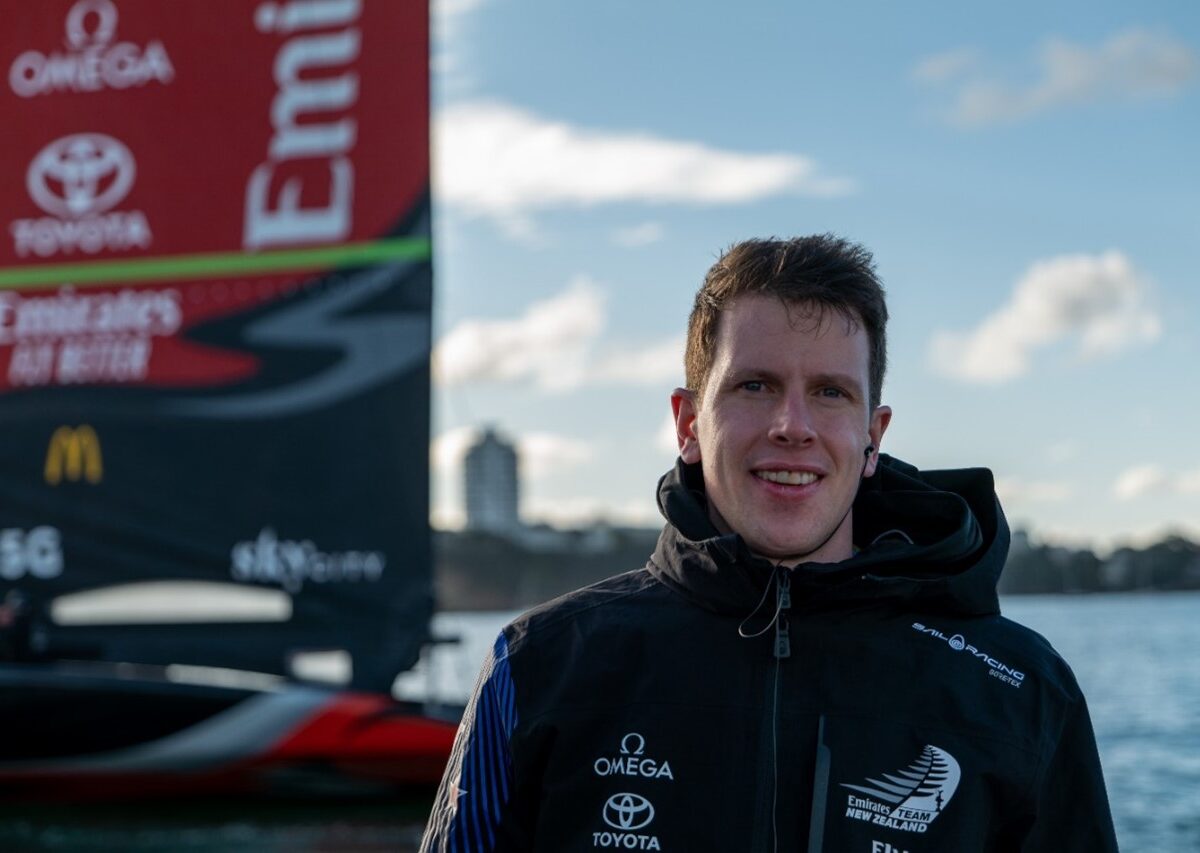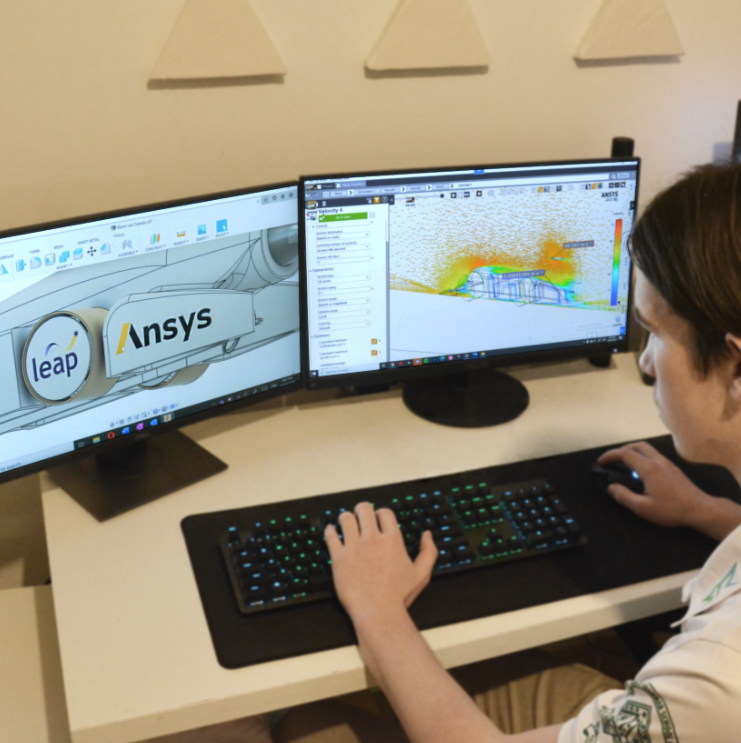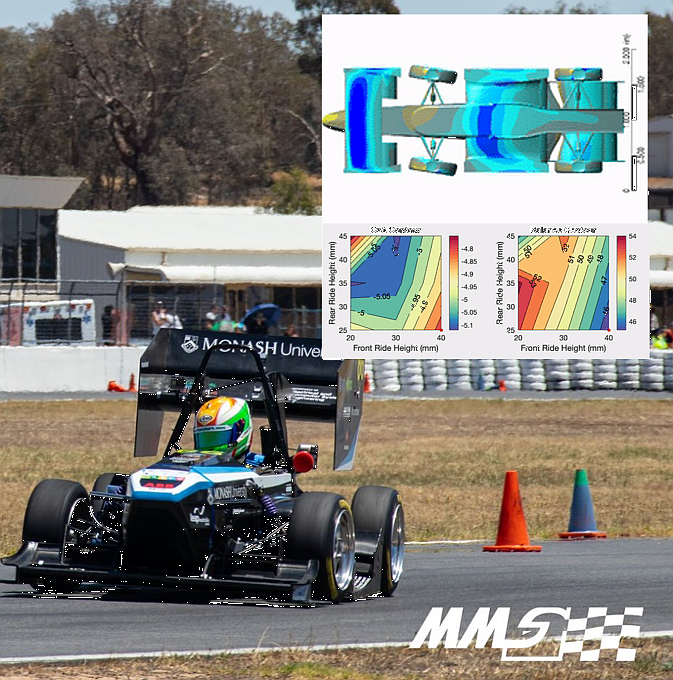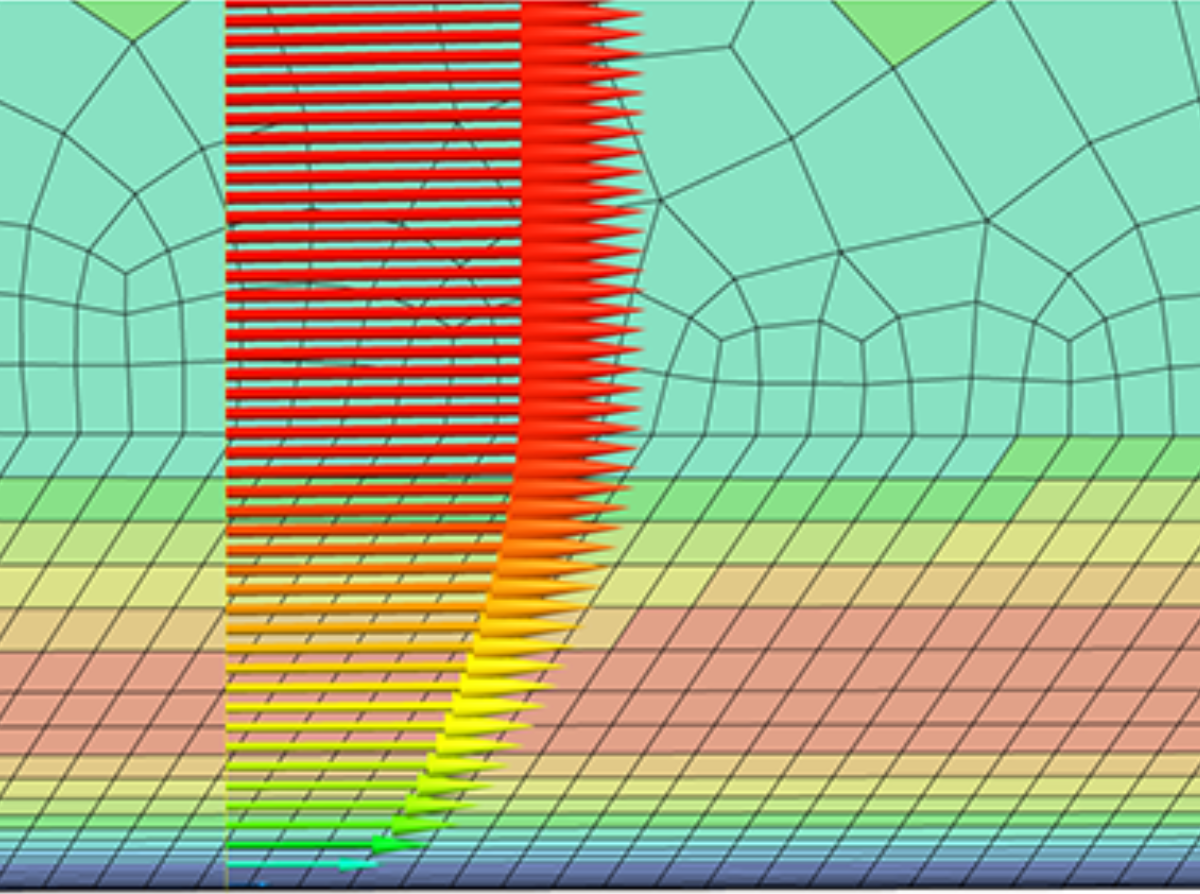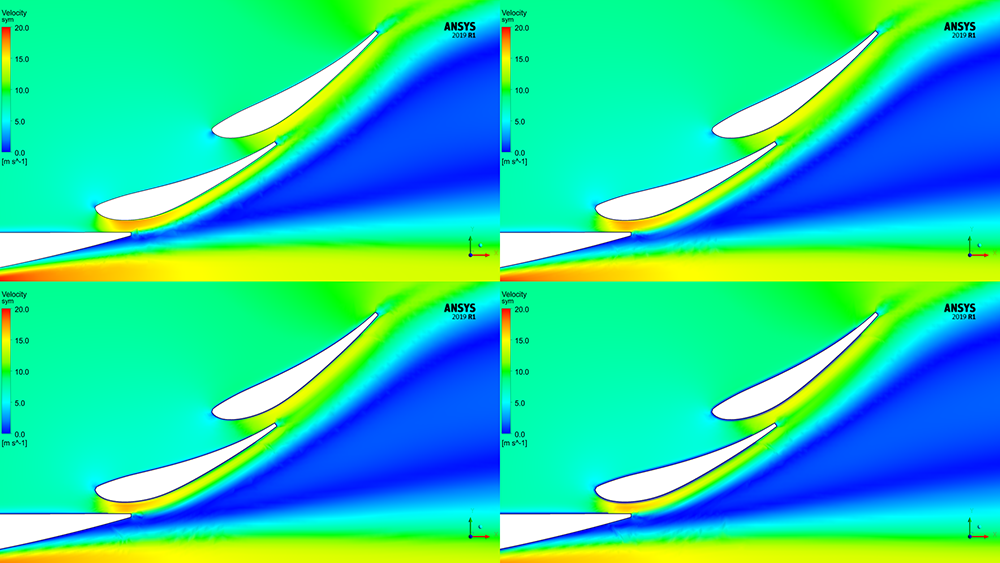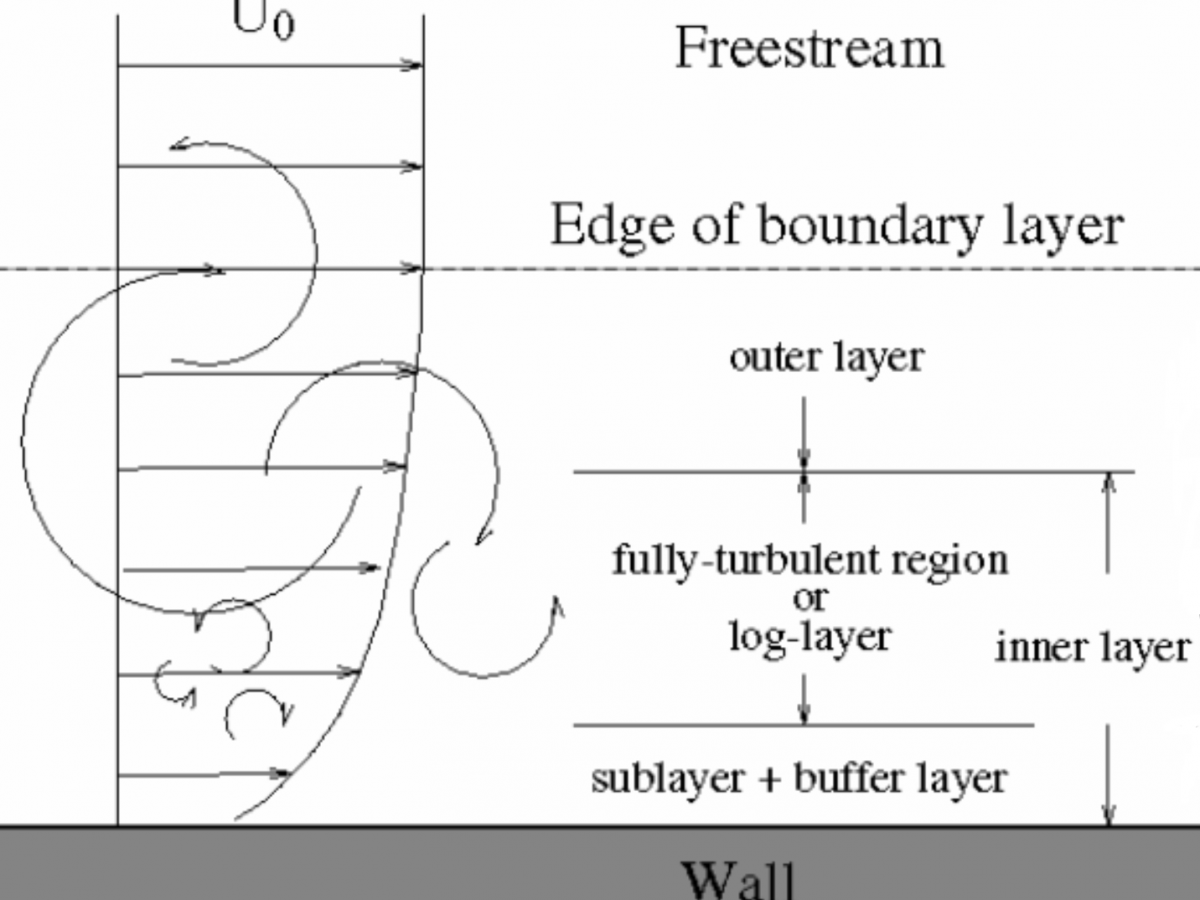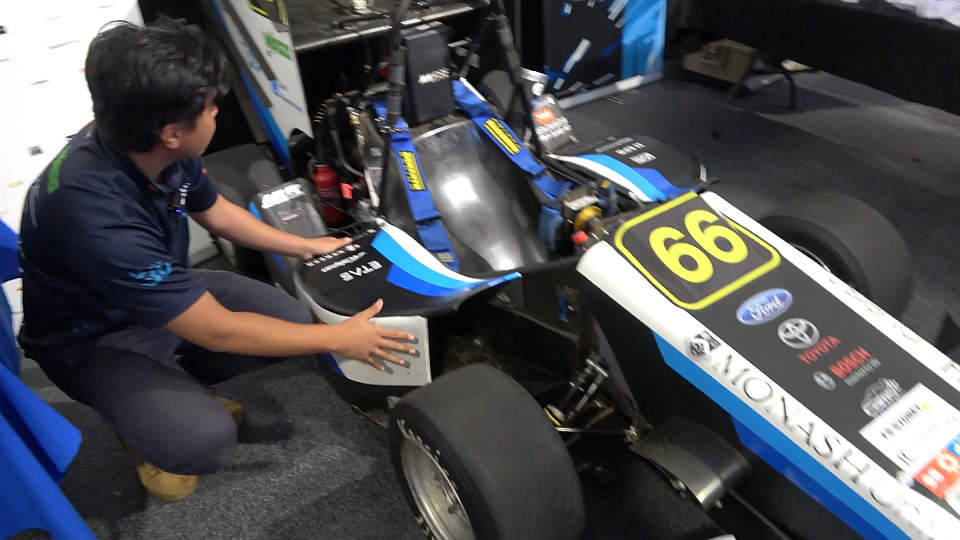Read about Monash High-Powered Rocketry's amazing achievement to win second place in its category at the 2021 Virtual Spaceport America Cup - including an acknowledgement of their quality simulation work, with first place in the Charles Hoult Award for Modelling and Simulation.
Q&A with Douglas Weber-Steinhaus from Ansys to learn about his experiences working with ETNZ in Auckland in the leadup to the 2021 America's Cup (which starts next week!)
F1 in Schools Spotlight: Dark Matter Racing explain how they were able to use CFD to engineer Australia’s fastest F1 in Schools car (plus a host of other awards) at the 2020 National Finals, and look ahead to their next competition, the 2020(21) World Finals.
F1 in Schools Spotlight: After achieving great success at the 2020 Virtual Victorian State Finals where they placed first overall and were awarded 11 of 13 category awards including Best Engineered and the Innovation Award, Team Hydron describe the many hours of CFD testing and design conducted by their engineering team, supported by LEAP Australia and Ansys.
Guest Blog by USYD Rocketry Team (URT) who use simulation in their development of high-power sounding rockets to compete in the Australian Universities Rocketry Competition (AURC) and Spaceport America Cup. URT was the first Australian team to compete and took first place in the 10,000 ft COTS category with their Silvereye rocket.
Monash Motorsport has been designing Formula Student cars with wings and diffusers for many years, but this process has been fast-tracked through greater automation of Ansys CFD simulations to help the team gather more simulation data points & generate a comprehensive aero map to analyse the impact of changes in vehicle roll, yaw, steer and ride height.
This blog series focuses on a common question: What y+ should I use in my simulations? This is the final part (Part 3) in the series – Understanding impact of Y+ and number of prism layers on flow resolution in our CFD simulations
This blog series focuses on a common question: What y+ should I use in my simulations? This is Part 2 in the series – Resolving each region of the boundary layer.
This blog series focuses on a common question: What y+ should I use in my CFD simulations? This first post is designed to help you understand the physics of boundary layers in relation to CFD meshes and Y+ values.
